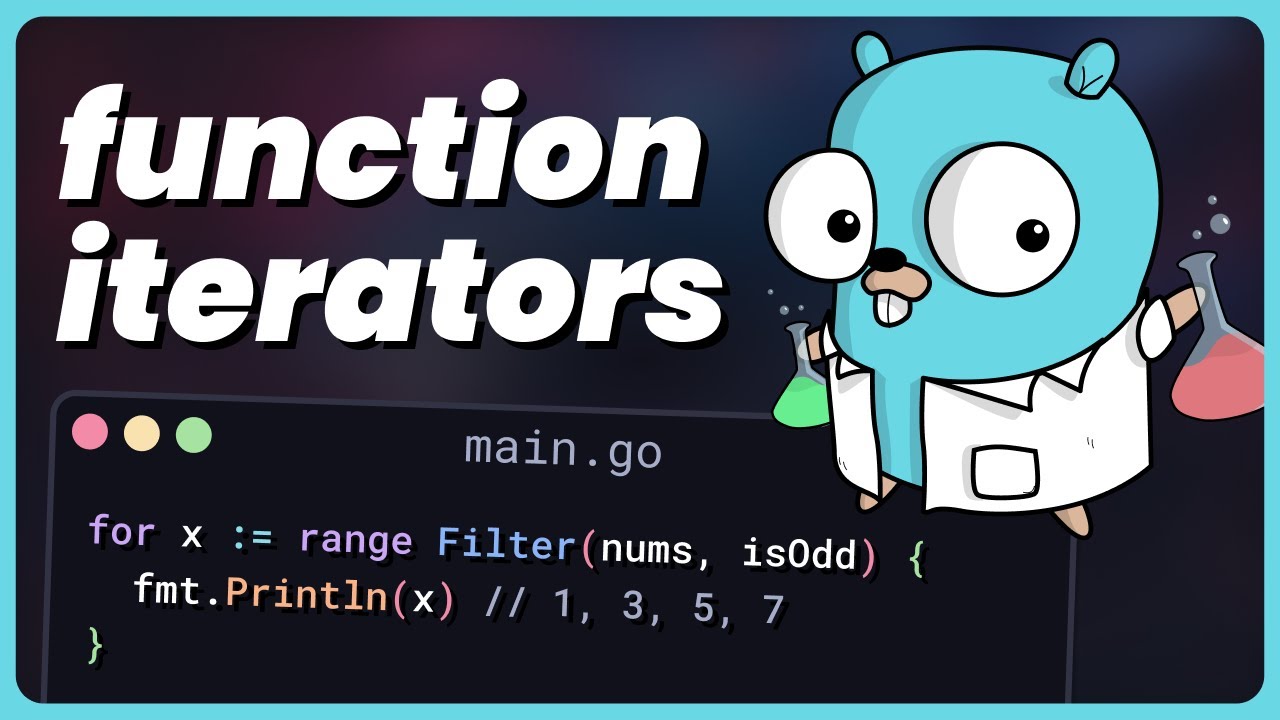The Go 1.22 release introduces the experimental feature range Funk, allowing for the creation of function iterators that can be used with the range keyword, opening up possibilities for higher-order functions in Go programming. The text explores the implementation of parallel iteration using function iterators, highlighting the benefits in reducing boilerplate code, addressing bugs, and showcasing the potential of function iterators in enhancing iteration patterns in the Go language.
The Go 1.22 release introduces several significant features, such as enhanced routing capabilities, iteration-scoped loop variables, and the new math Rand slv2 package. However, another notable addition is the experimental feature called range Funk, which allows for creating iterators from functions to be used with the range keyword. This feature opens up possibilities for creating higher-order functions like converters and filters, which have not been common in Go programming. Despite the potential for controversy, function iterators like range Funk could have practical applications in the language.
The text delves into an example of implementing parallel iteration in Go, showcasing the common pattern of processing events concurrently. The traditional approach involves using the sync package to manage goroutines and ensure all events are processed before the main function exits. To streamline this pattern, the text proposes implementing parallel iteration as a function iterator. The parallel function accepts a slice of events and a yield function, allowing for concise and reusable code for concurrent iteration.
The parallel iterator function is generic, enabling it to work with any type of slice. By abstracting the concurrency logic into the iterator function, the boilerplate code is reduced, making the iteration process cleaner and more focused on the logic. However, the text highlights a bug in the initial implementation where a break statement caused a panic due to the iterator continuing to call the yield function after encountering the break. To address this issue, the text introduces the context package to handle cancellation across multiple goroutines.
The text further explores the potential of function iterators by mentioning the SE2 type in the iter package, which can enhance the return type of the parallel iterator. Additionally, the iter package offers functions like iter dop, which allows pulling values from function iterators. The author has also created the loop package, providing various iterator functions like batch iterator for iterating over slices in sized chunks. The experimentation with function iterators extends beyond the author’s work, with numerous packages on GitHub exploring different use cases and possibilities.
In conclusion, the range Funk feature has the potential to standardize the way data structures are iterated over in the Go language, bringing a new level of flexibility and abstraction to iteration patterns. While the feature is still experimental and may evolve, it showcases the innovation happening in the Go community regarding function iterators. The author announces the development of a course on writing command-line applications in Go, inviting viewers to register for updates. The text closes with a call for feedback on the range Funk feature and its potential impact on Go programming practices.
